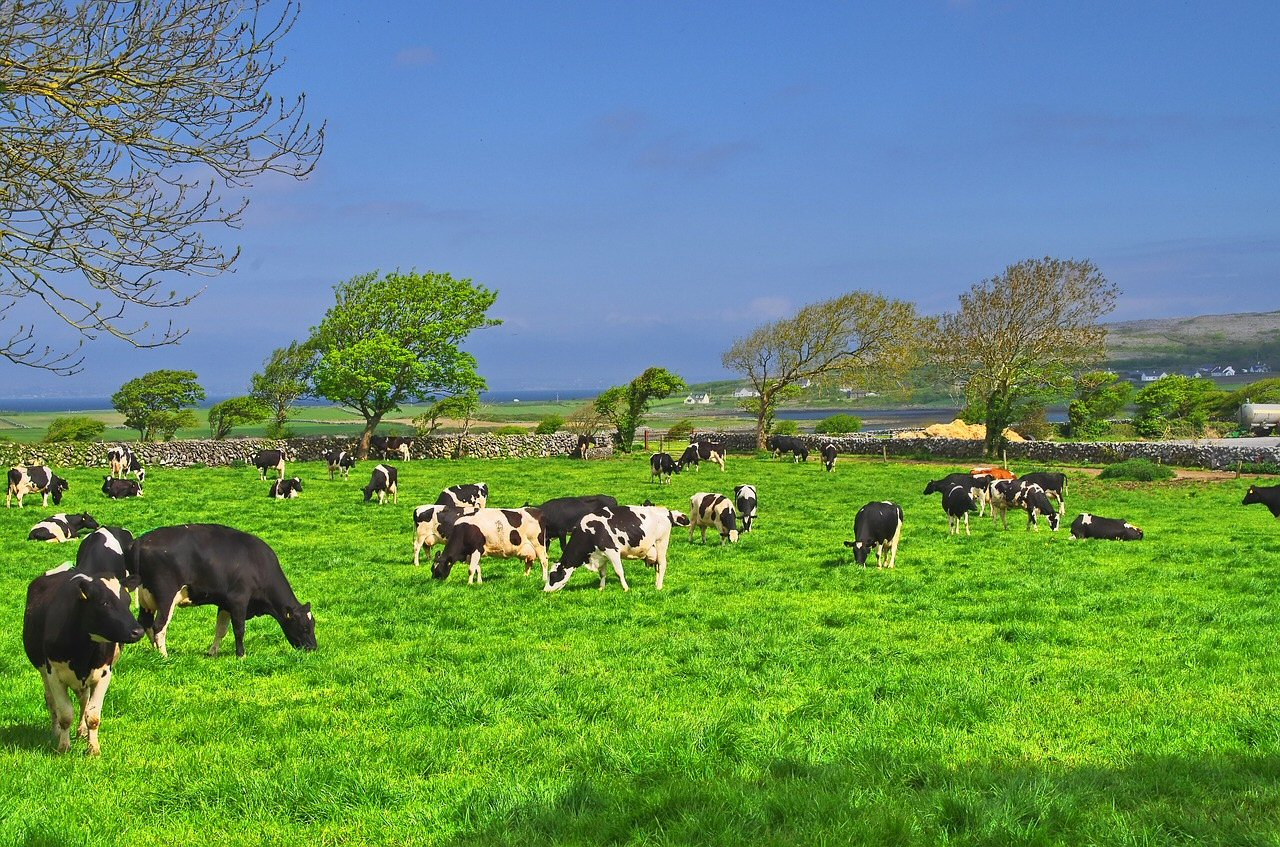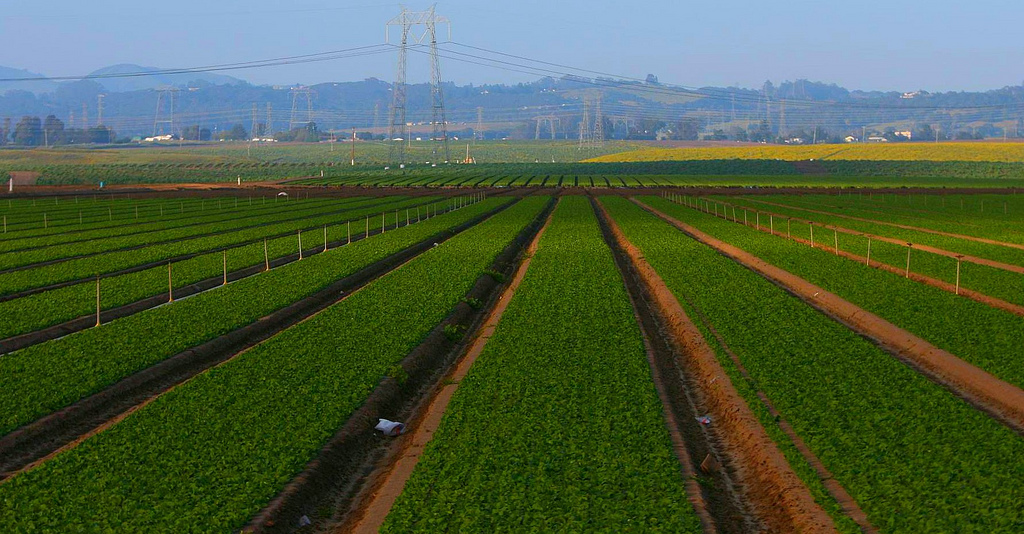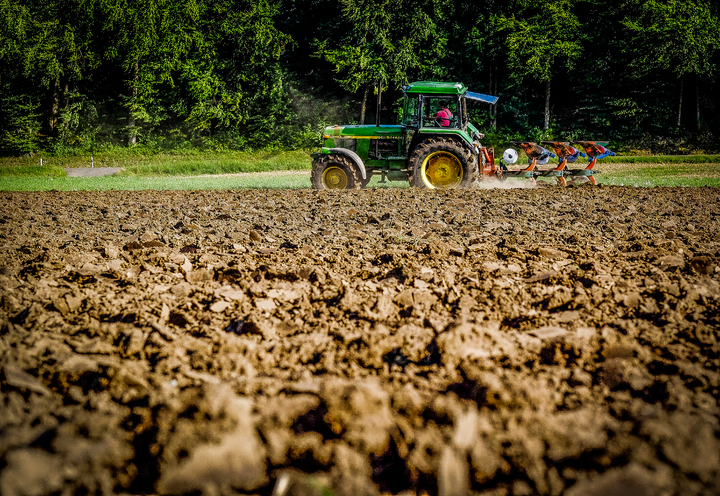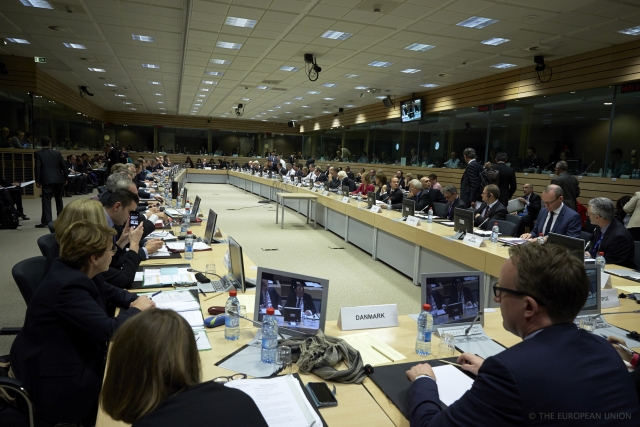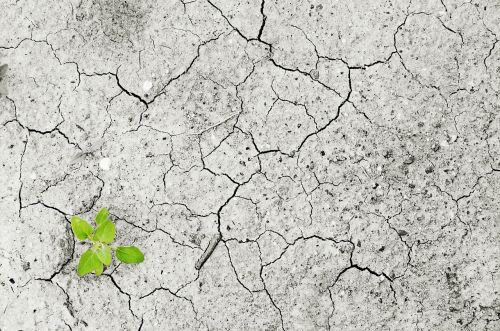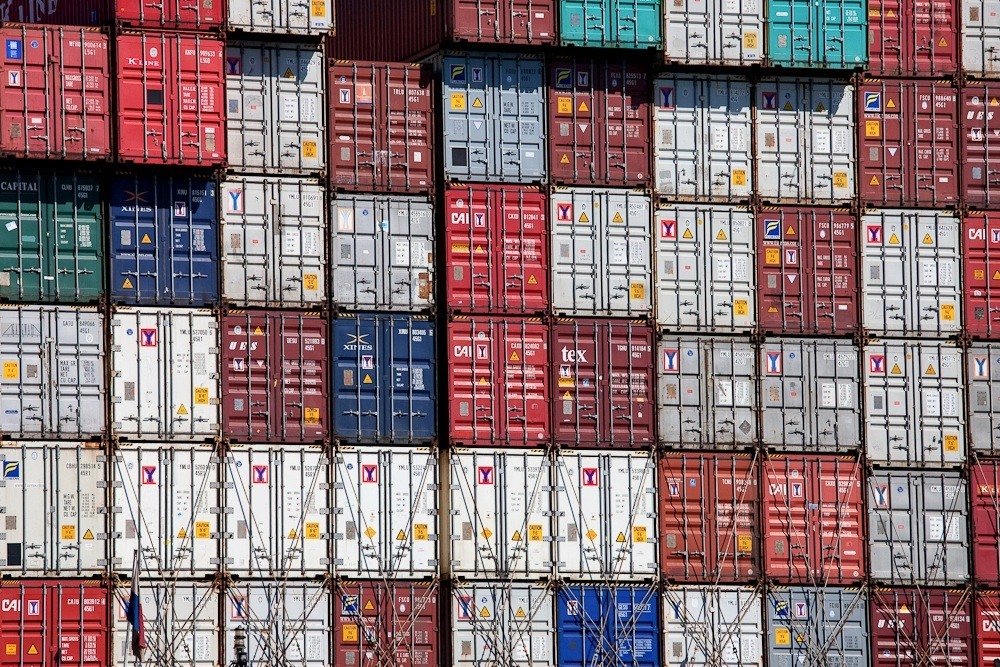The stakes for the European Union have never been higher. In a year when the latest Commission economic forecasts project a 8% decline in GDP as a result of the measures taken to contain the spread of the coronavirus, the question is whether the European Union can provide a response that is macroeconomically significant and builds on the principles of solidarity inherent in the concept of a common citizenship. If it fails to deliver, we can say good-bye to the European Union and prepare to take our chances in an unforgiving geo-political world where the only other leaders are an increasingly authoritarian and self-centred China and an increasingly unpredictable and self-centred America.… Read the rest
Climate measures in Irish agriculture
Today, I made an online presentation to a virtual workshop jointly organised by MAREI, the Marine and Renewable Energy Ireland centre at University College Cork and the Economic and Social Research Institute, Dublin on climate and energy policy research. The talk discussed measures in agriculture to reduce Irish agriculture’s greenhouse gas footprint in the context of the country’s policy goals for climate stabilisation. Below is a transcript of the talk.
Agriculture is the single largest contributor to Ireland’s greenhouse gas emissions, accounting for 34% of total national emissions in 2018, but 46% of the emissions that are limited by the EU Effort Sharing Decision.… Read the rest
Financing emergency aid to address market disruption due to COVID-19
There has been strong pressure on Commissioner Wojciechowski to get the Commission to do more to protect farmers and agricultural markets from the adverse effects of the lock-down responses to the coronavirus pandemic.
The Commissioner has argued that there is no funding available for these measures in the EU budget. In this post, I assess the funding that may be available to the Commissioner. I conclude that available funding is limited but not exhausted. It now seems time to make use of the crisis reserve that was put in place for exactly this eventuality as well as unused margins under the European Agricultural Guarantee Fund (EAGF) in the EU budget.… Read the rest
U.S. farm support to explode in election year 2020
The U.S. has agreed on a $2 trillion stimulus package, the largest economic stimulus in its history, in response to the economic impacts of Covid-19. U.S. farm groups lobbied hard to be included in the package, and $23.5 billion was included in the final package for farm aid. This farm aid comes on top of the two trade aid packages of $12 billion and $16 billion introduced by the Trump Administration in 2018 and 2019, respectively, to provide relief to commodity producers hurt by the retaliatory tariffs introduced by various countries in response to tariffs on their exports to the U.S.… Read the rest
External convergence debate continues to simmer
One of the many issues that will need to be resolved when Heads of State and Government get around to once again considering the Multi-annual Financial Framework (MFF) 2021-2027 is what position to take on the external convergence of CAP direct payments.
The Commission has proposed a further narrowing of the differences in the average value of direct payments per hectare between Member States in the post-2020 CAP framework. For a number of countries from Central and Eastern Europe nothing less than full equality by the end of the MFF period will be acceptable. There is equally strong push-back from another group of Member States that argue there should be no further reductions in the CAP joint pillar allocations for the purpose of redistribution among Member States.… Read the rest
Reflections of CAP strategic planning in times of corona
We are pleased to welcome this guest post from Emil Erjavec, Professor of Agricultural Economics and Policy, University of Ljubljana, Slovenia.
The current pause in the ‘normal’ functioning of mankind and the European Union in general offers an opportunity to reconsider the functioning of institutions and design of public policies. The battle with the SARS-CoV-2 virus and its associated COVID-19 disease has brought to the forefront the importance of employing knowledge and an evidence-based approach as a basis for public decision-making.
It has also opened a window of opportunity to combat another illness, the prevalent political pragmatism and interest-based nature of policies in general and the Common Agricultural Policy in particular.… Read the rest
Climate measures in agriculture
The need and opportunities to accelerate the reduction in agricultural greenhouse gas (GHG) emissions have been underlined in a number of recent reports (see, for example, the IPCC Special Report on Climate Change and Land (2018) or the IEEP report Net-Zero Agriculture in 2050: How to Get There (2019)). Following a period from 1990 to 2012 with a steady decrease in EU agricultural emissions amounting to 22% in total, these emissions have begun to increase since then, growing by 4% over the 2012-2017 period.
In this post, I examine the projected trend in agricultural emissions to 2030, drawing on the most recent European Environment Agency (EEA) report on Trends and Projections in Europe 2019 as well as the inventory of policies and measures that Member States have taken or plan to take to reduce these emissions in future.… Read the rest
Coronavirus uncertainty as CAP decisions are postponed
There is increasing focus on how the coronavirus pandemic is likely to affect agricultural markets, food supply chains and farm incomes (for example, the series of IFPRI Resources and Analyses on COVID-19). Panic buying of long-life staples – as well as toilet roll, of course – led to temporary shortages on supermarket shelves but supplies were very quickly replenished.
In the medium-term, there are concerns that labour shortages, logistical difficulties in transporting goods across borders and falling export demand have the potential to cause disruption. The various actors in the European food chain issued a statement on 19 March calling attention to likely operational difficulties and asking the Commission to ensure that free movement of goods within the single market can continue, including through managing ‘green lanes’ at borders, to allow the food chain to function effectively.… Read the rest
The Commission’s Climate Law proposal: what it says and how it might be improved
On 4 March 2020 the Commission published its draft Climate Law, formally a Regulation to establish the framework for achieving climate neutrality. This legislation had been flagged in incoming Commission President von der Leyen’s Political Guidelines published prior to the ratification of her nomination by the European Parliament.
It was confirmed in the Commission’s Communication on the European Green Deal in December 2019 with the stated aims to set out clearly the conditions for an effective and fair transition, to provide predictability for investors, and to ensure that the transition is irreversible. It would also ensure that all EU policies contribute to the climate neutrality objective and that all sectors play their part.… Read the rest
The protective effect of EU agricultural tariffs
The 2019 EU Trade Policy Review was recently published by the World Trade Organisation (WTO). The trade policy review process takes place every two years for major economies and is an important transparency tool. The country under review produces a policy report summarising major trade policy developments since the last review. A second report is written independently by the WTO Secretariat. These reports are then discussed by the full membership in the WTO’s Trade Policy Review Body. Indeed, the EU received more than 1,600 written questions from other WTO members on these reports to which it has provided written answers (unfortunately, the latter files are restricted and not publicly available on the WTO website).… Read the rest


